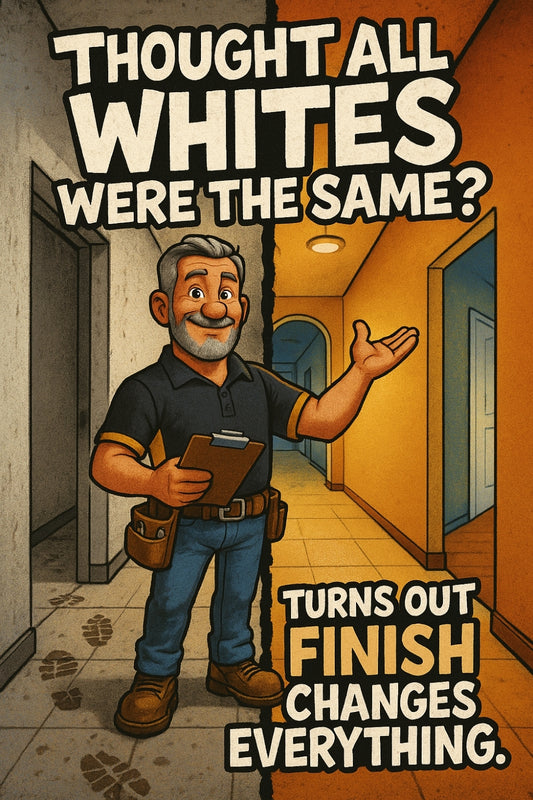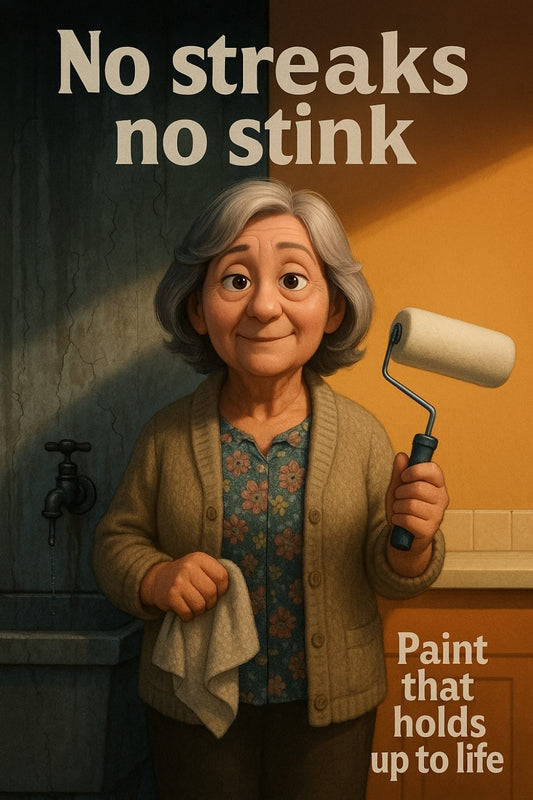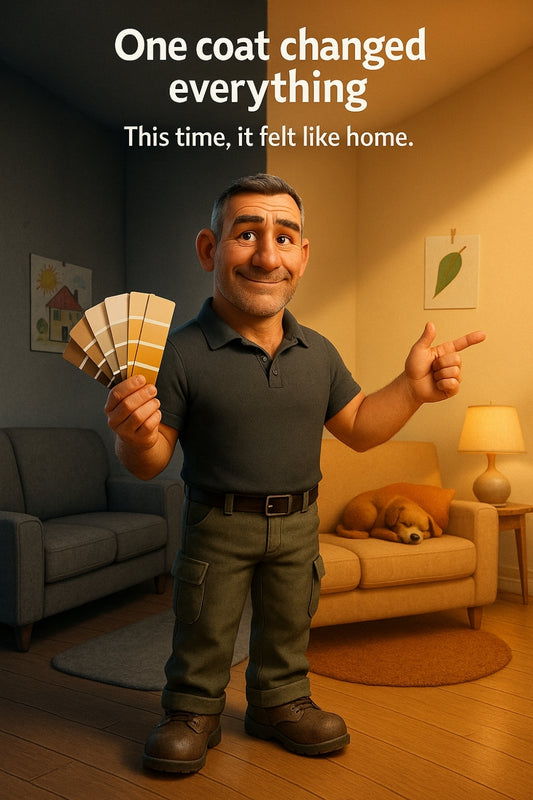
How Haymes Ultrahold Prepares Surfaces for Hard-to-Paint Materials
Share
Painting Over Tricky Surfaces? Here’s How Haymes Ultrahold Makes It Easy
Ever started a painting project only to realise that your surface is fighting you every step of the way? Some materials seem almost impossible to get paint to stick to, while others insist on allowing stains to creep through no matter how many layers you slap on. This is frustrating when all you want is a fresh, clean, beautiful finish. Thankfully, there’s a simple fix that takes the stress out of these tricky situations—Haymes Paint Ultrahold.
Why Some Surfaces Are Hard to Paint
Not all surfaces are created equal. Some materials absorb paint unevenly, causing a patchy look, while others resist adhesion entirely. If your painting project involves *previously varnished wood*, *laminated surfaces*, or *stain-heavy walls*, you’re likely in for a battle without the right prep work.
- Varnished or glossy surfaces: Paint struggles to stick to smooth, shiny finishes, leading to peeling and flaking.
- Tannin-rich woods: Timber like pine and cedar can bleed sap and stains through layers of paint, ruining the final look.
- Smoke or water-damaged walls: Stains from past damage often seep back through new paint, creating ugly spots and streaks.
- Previously painted problem areas: Some older paints contain oils that interfere with adhesion.
How Haymes Paint Ultrahold Prepares and Protects
Instead of layering coat after coat and hoping for the best, Haymes Paint Ultrahold provides a powerful foundation that locks stains in and ensures your topcoat stays put. Here’s how it works:
- Blocks stains and odours: Water, smoke, fire damage – you name it. Ultrahold seals it in so those marks don’t resurface.
- Superior adhesion: It grips even glossy and challenging surfaces, giving paint the solid base it needs to last.
- Fast drying: Ready for a recoat in just one hour, keeping your project on track.
- Makes topcoats look better: With a strong foundation, your chosen paint applies smoothly and evenly.
Why It’s Worth the Extra Step
Skipping a primer like Ultrahold might seem like a time-saver, but in reality, it creates more work in the long run. Without it, your paint job is more likely to chip, stain, or peel within a few months. A strong barrier coating keeps your colour crisp and smooth, preventing you from having to redo your hard work sooner than expected.
How to Use for Best Results
Applying Haymes Paint Ultrahold is a breeze. Just follow these simple steps to get the perfect base coat:
- Clean the surface: Remove any dust, grease, or mildew for a strong bond.
- Apply evenly: Use a brush, roller, or sprayer to coat the surface in smooth, even layers.
- Wait an hour: It’s fully dry and ready to be painted over in just 60 minutes.
- Topcoat with confidence: Once dry, your chosen acrylic or oil-based paint will adhere beautifully.
A Reliable Fix for Stubborn Surfaces
Painting should be exciting, not frustrating. When faced with a challenging material, Haymes Paint Ultrahold makes all the difference. Whether you're sprucing up furniture, restoring old walls, or refreshing stained areas, this powerful primer takes the hassle out of the process.
Next time you’re staring down a glossy benchtop or a stubbornly stained wall, grab a tin of Ultrahold. You’ll get a finish that looks professional, lasts longer, and saves you the headache of peeling paint and resurfacing blemishes.
Happy painting!
Candeece

Stay Connected
Follow our Facebook Page: Strathalbyn H Hardware on Facebook



